Clean Technica: Unitsky String Technologies Suggests Cities Consider Flexible Transit Options Before the Next Pandemic
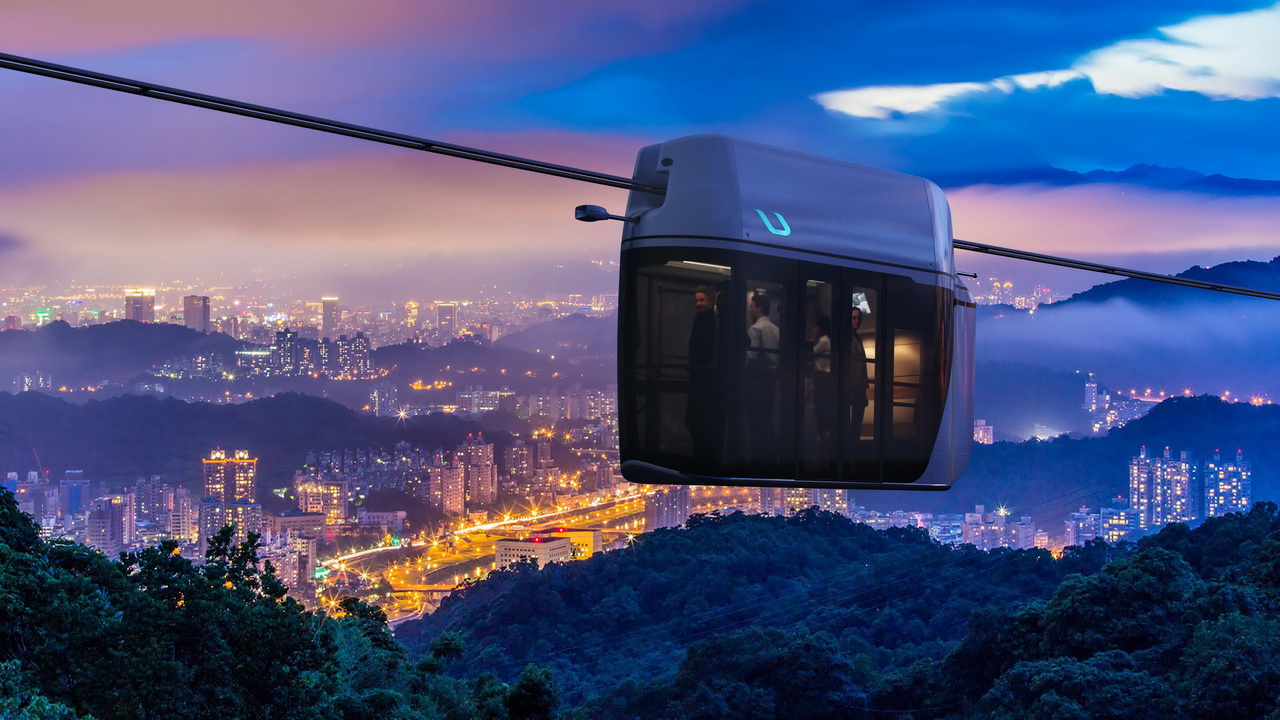
When the COVID-19 pandemic started spreading, transit riderships dropped big time in cities around the world. A demand for new public transport is emerging – flexible, efficient, affordable, and capable of carrying as many passengers as aircraft and trains do, but at the same time avoiding large crowds. Such transport complexes are designed, manufactured, and maintained by Unitsky String Technologies, Inc.
As an American edition noticed, putting dozens or hundreds of people in a cramped space just isn’t a great idea when a deadly disease is spreading. So cities faced a “damned if you do; damned if you don’t” situation, with death and disease on the one hand, and congestion and pollution on the other.
Having gone so long without a major pandemic, the economy and many governments weren’t ready, and ended up stuck with this choice. Economies of scale, the convenience of large vehicles in transit systems, and other factors favored putting large numbers of people all in the same train, subway car, or bus. This left cities with the choice of polluting cars or virus-spreading transit.
As Clean Technica accented, it’s time to look for more flexible systems we can use to roll with the punches the next time a global pandemic comes through. Sure, the one we’re currently experiencing is still underway, but improving transit systems takes years or decades, so now is still the time.
One good alternative is offered by Unitsky String Technologies, Inc., or UST. Instead of offering a “one size fits all” transportation vehicle, they built with capacity flexibility in mind from the start.
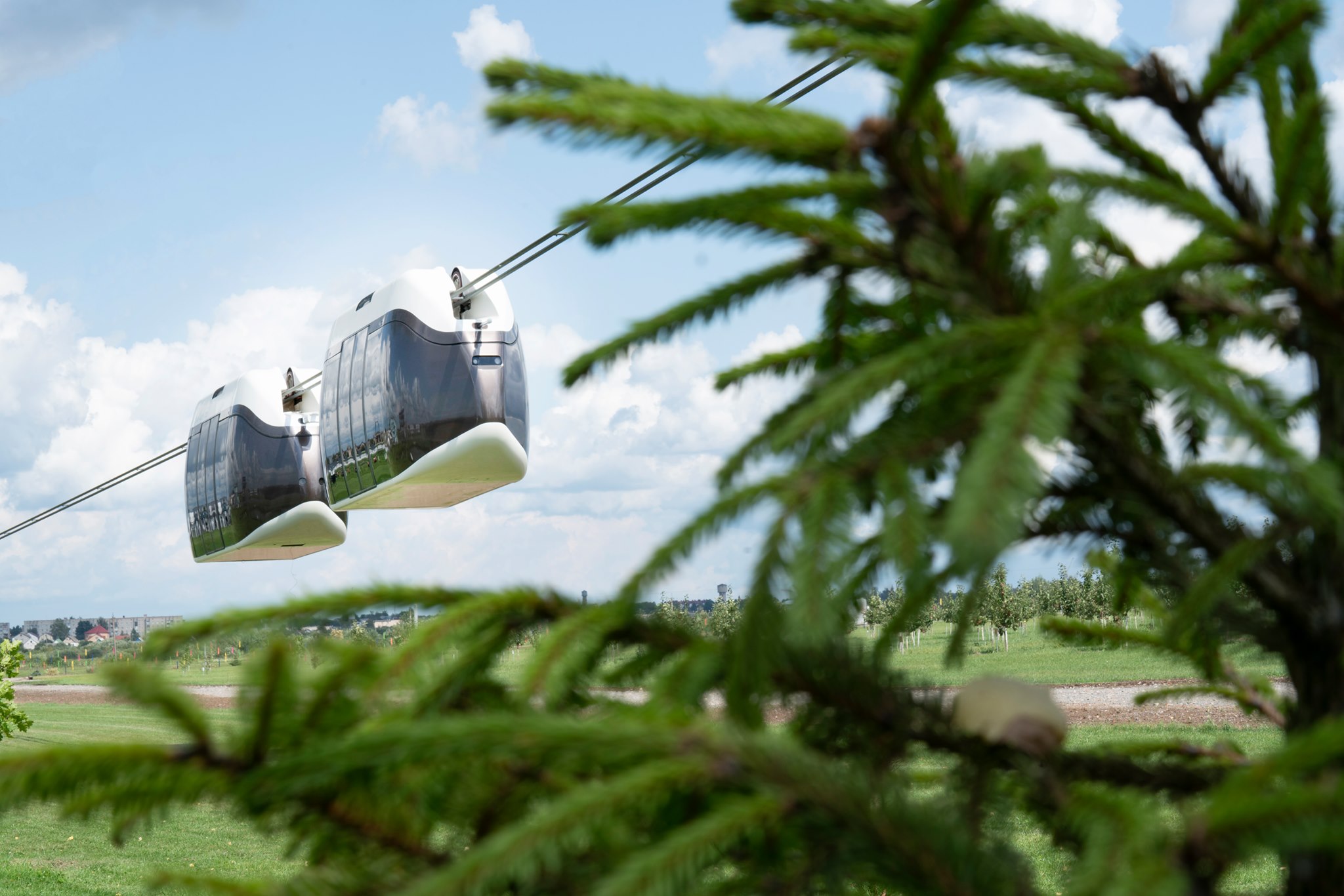
Instead of laying inconvenient, expensive rails on the ground, UST’s “string rail” system is designed to have a minimal ground footprint in cities. The track structure for the vehicles hangs over the top of existing infrastructure, minimizing surface impacts and construction costs. This gives it an edge over underground systems, too, as it doesn’t require costly and disruptive tunneling (even at The Boring Company’s rates, this isn’t cheap).
By using “string” rails, vehicles of all sizes — from those serving individuals and small groups, to more traditional ones with seating for dozens of people — are all available. The ability to put many different vehicles on the rails also allows for freight hauling, deliveries, and other uses of the system, so it can do a lot more than haul passengers.
As mass media mentioned, it is worth noting that, considering its option for small capacity, the complex still provides a traffic flow comparable to a metro system (up to 50,000 people/hour). Also, the adaptation for the passenger traffic can be performed not only through multi-car vehicles operating on the line, but also simply through an increase in the number of vehicles moving in an electronic coupling.
In some cities, this system would be better for passengers’ needs, too. Instead of hopping from one track or mode to another, and waiting on inflexible transit schedules and routes, cities could program the system to give riders an experience that’s closer to a car in terms of flexibility and speed.
Clean Technica said, all of this means a UST string rail system would be ready for the next pandemic. Flexibility in routes, scheduling, and seating capacities (larger vehicles could easily be replaced with smaller ones) allow a city to quickly change their system to minimize disease spread. It’s also easier to avoid large crowds waiting at stations for the next car, leading to even less spread of disease.
Keeping the vehicles off the ground has several other important advantages. First off, some pathogens tend to spread more at street level, leading to the need for spraying of streets and sidewalks with germ-killing chemicals. Open-air, off-street platforms have a big advantage here, allowing for better management of pathogens, both during and between pandemics.
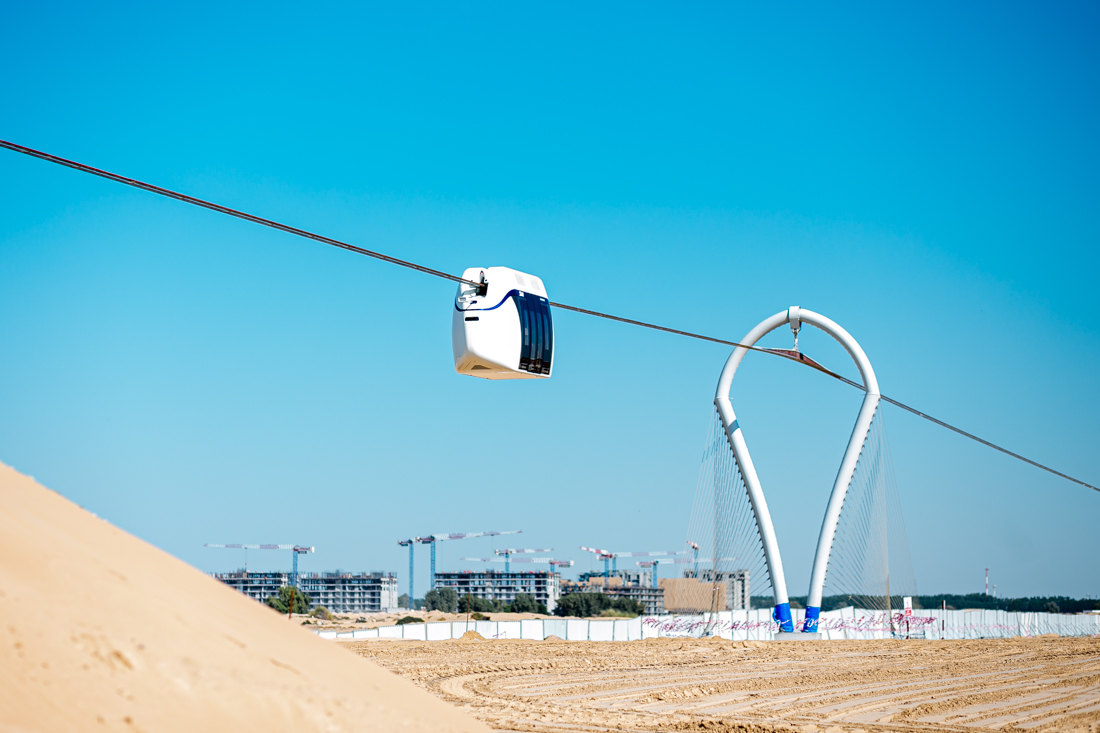
Second, in almost two years, COVID-19 claimed the lives of about four million people. During this same time frame, about three million people died in car accidents, and another 20 million were disabled in car accidents. Large-scale introduction of string transport can solve this problem. The UST complexes are as safe as possible because the vehicles move above the ground.
Third, climate change is flooding many cities, both on the coasts and away from them. Rising sea levels, more severe storms, and other extremes lead to a lot of flooding, all of which can negatively affect transport systems on and underground. For example, in New York, expensive subway flooding is becoming not the exception, but the occasional norm. Moving infrastructure above street level keeps it out of harm’s way and makes a city’s transit system more resilient to climate change.
Read original via the link.
More news
Opinion
15 April 2022
About the Transport of UST Inc. on the Pages of Belarusian Trade Journal
The Belarusian Journal “International Exhibitions” published an article that explains how the uST Transport & Infrastructure Solutions can help to overcome long-standing transportation problems.
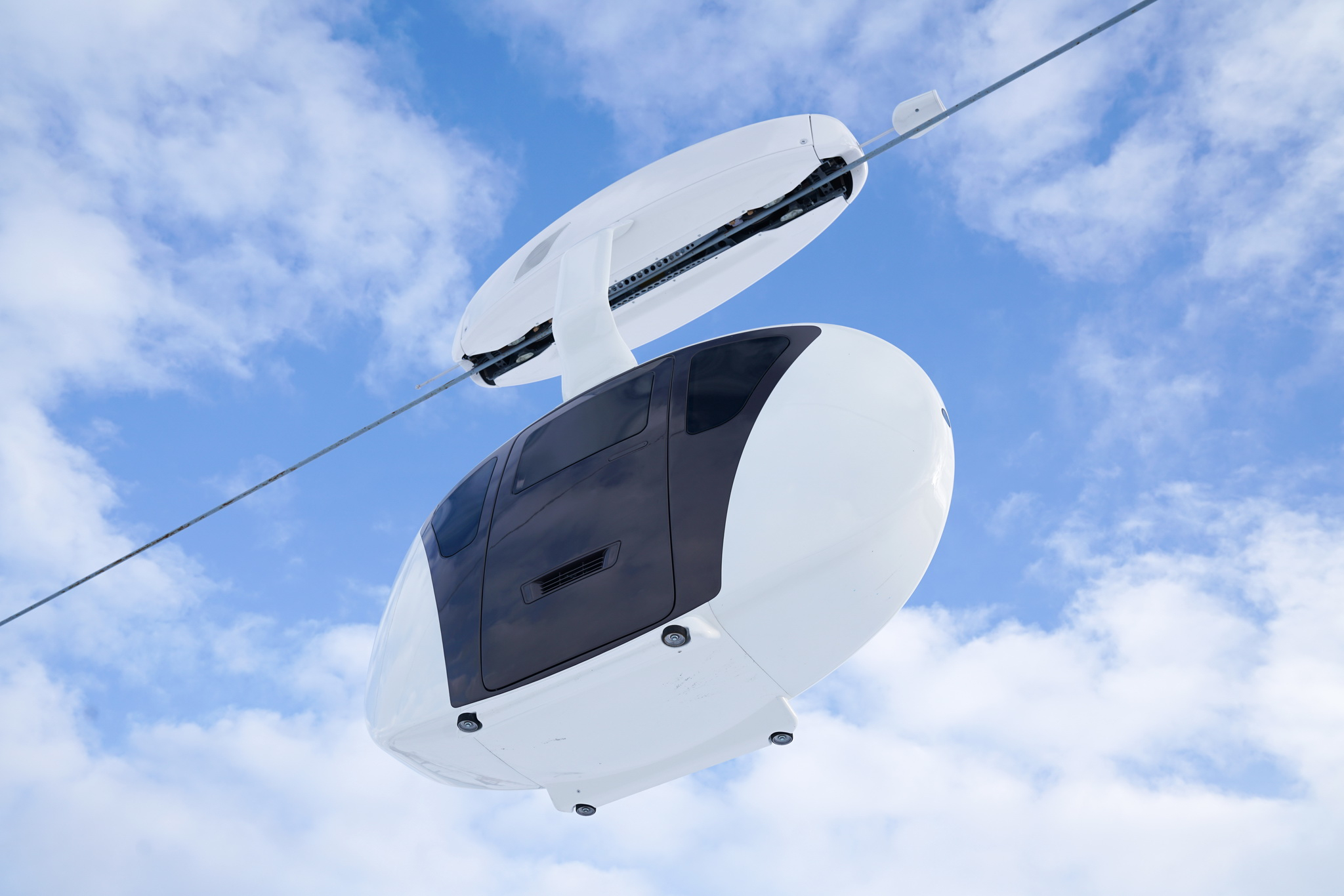
Interviews
19 November 2021
UST Report: the uWind Was Tested in the EcoTechnoPark. How Was That?
Unitsky String Technologies Inc. is running massive testing of the vehicles. This time’s object was the uWind. We prepared a short report for you to learn every detail on the tests of innovative transport.
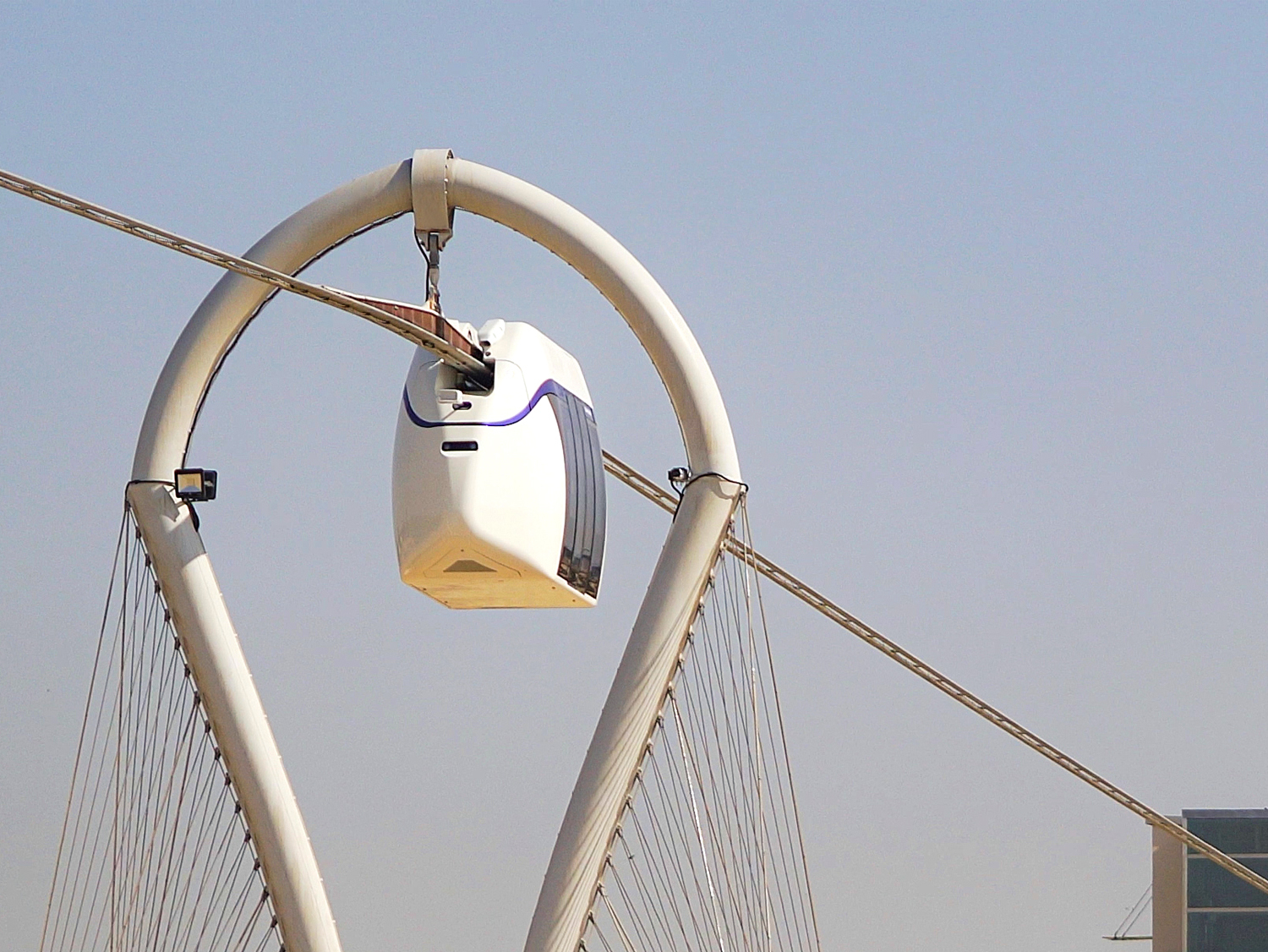
News
25 May 2021
Unitsky String Technologies Inc. Has Begun Operation of the Test Track in the UAE
Unitsky String Technologies Inc. has begun operation of the test 400-meter section of the elevated transport and infrastructure complexes in Sharjah, UAE.

